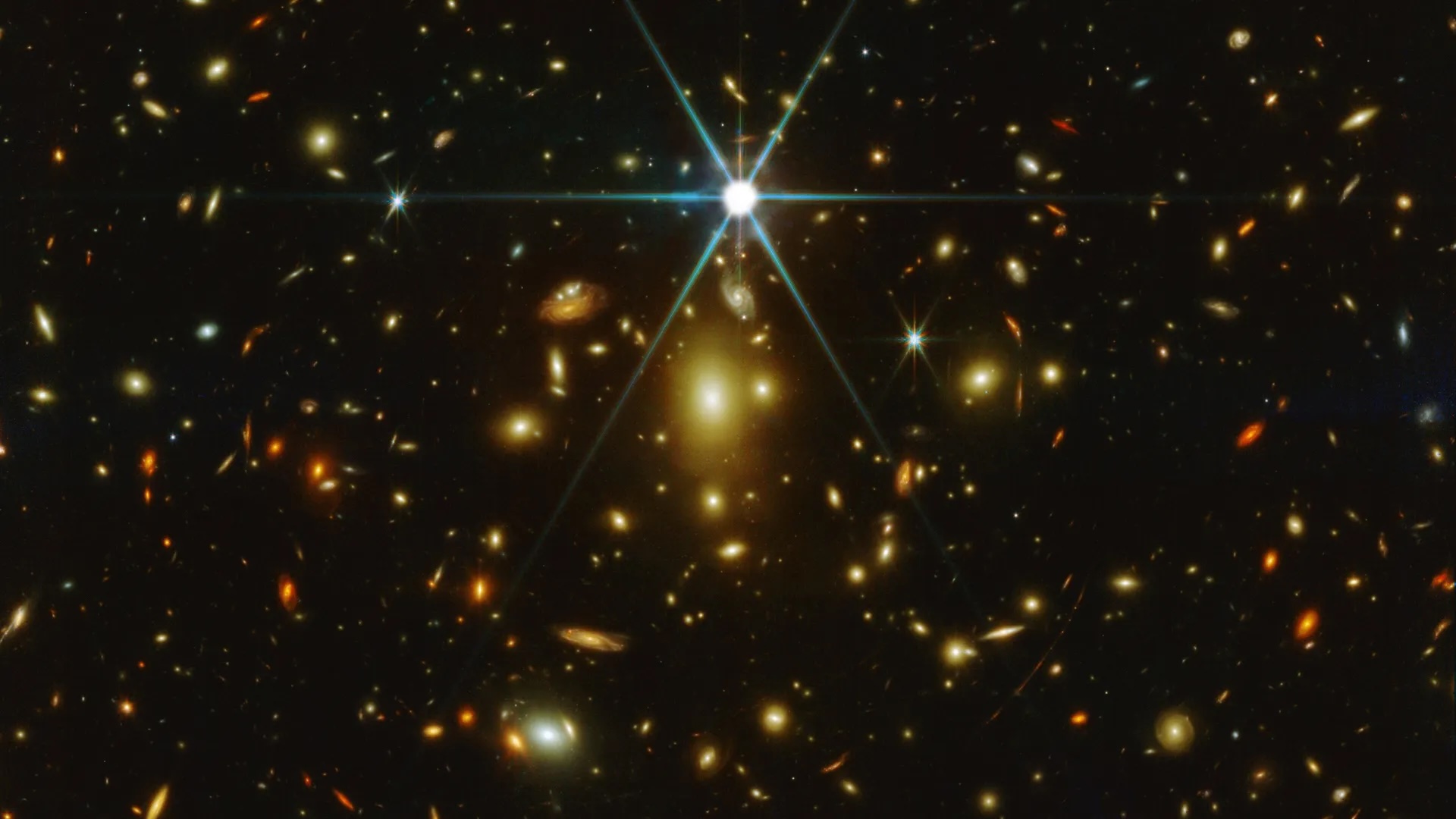From ground observatories, based on its brightness, the original best estimate for the size of its nucleus was anywhere from 10-20 kilometres in diameter. New data from Hubble has significantly reduced that, putting an upper limit on the comet’s size of 5.6 kilometres wide.
That’s still substantially larger than both 2I/Borisov and 1I/’Oumuamua, which were estimated at being roughly 500 metres wide and 100 metres wide, respectively. Still, the researchers who took the Hubble observations believe it’s possible 3I/ATLAS’s nucleus could be as small as just 320 metres across.

Hubble’s view of 3I/ATLAS. The comet is travelling from left to right in this field of view, with the Sun generally located off the right edge of the image. (Image: NASA, ESA, David Jewitt (UCLA); Image Processing: Joseph DePasquale (STScI))
The image captured by Hubble also reveals more detail, confirming 3I/ATLAS’s cometary nature.
As seen above, the solid nucleus is located within the bright region on the left side of the fuzzy ‘teardrop’. The diffuse region on the right appears to be a plume of dust being ejected from it, as sunlight warms the nucleus’ surface.
Comets produce tails of dust and ionized gas, which both generally point away from the Sun. However, this kind of dust plume being generated in the direction of the Sun is apparently common in comets when they are farther out in space and first begin to feel the Sun’s heat.
Additionally, according to NASA, the researchers report seeing the hints of a dust tail streaming away from the nucleus.
Source link

